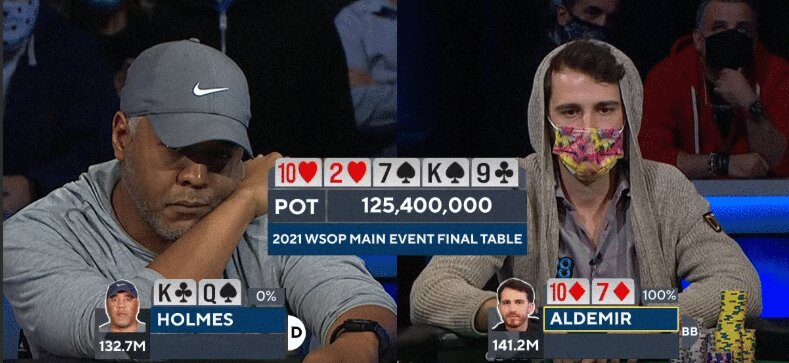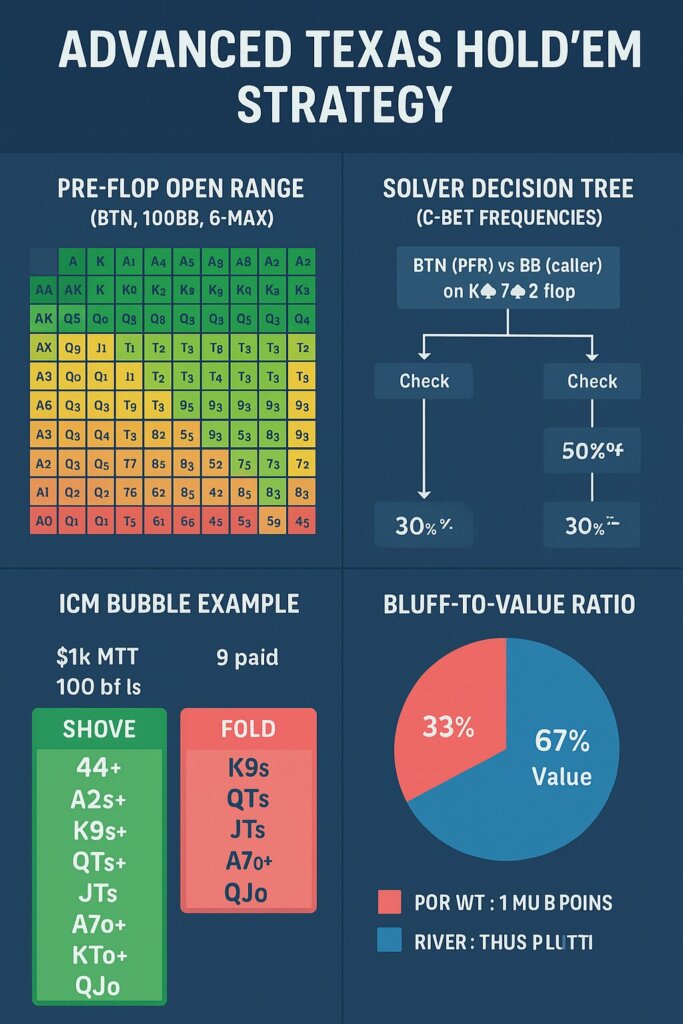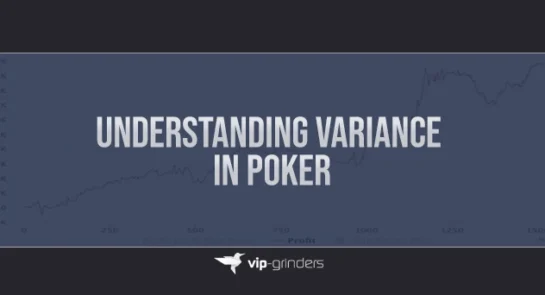Understanding Pre-flop and Post-flop Concepts in Texas Hold’em
The strength of your game depends on how well you play before the flop and after the flop. In this guide, I’ll walk you through the conceptual frameworks I use in my own sessions, illustrate them with real, high-stakes examples, and show you exactly how to think in those crucial moments.
If you’re newer to strategy, link out to our Beginner’s Texas Hold’em Strategy for core ranges. If you want deeper solver-based theory, see our Advanced Texas Hold’em Strategy.
What Is the Pre-Flop Phase?
Opening Ranges by Position
Your opening range should expand as you move closer to the button. Early positions (UTG/UTG+1) require tight, value-focused hands; by the time you get to CO or BTN, you can open more speculative holdings. Read our positional play in poker guide for a fuller understand of position.
I often open 2.2× BB from late seats, but tighten that in early seat to 2.5–3× to reduce multiway clutter. The extra raise cost is worth it when many players act after you.
- Tip: Always envision your post-flop path when selecting pre-flop opens.
Key Pre-Flop Concepts
3-Betting and 4-Betting Strategy
A well-balanced 3-betting approach lets you apply pressure and define ranges. From CO/BTN, mix value hands (QQ+, AK) and blocker-based bluffs (like A5s or KQs) so you aren’t predictable. From early position, skew more value-heavy.
As an example of a profitable BB defence preflop, in the 2021 WSOP Main Event final hand, George Holmes opened K♣Q♠ on the button and Koray Aldemir defended T♦7♦ in the big blind, then with two pair on a T27K9 board, maximised his profit vs. Holmes’s top pair.

Stack Depth and SPR (Stack-to-Pot Ratio)
Stack size dictates how speculative or committed you can be. The SPR (ratio of effective stack to pot) should influence your pre-flop choices:
- High SPR (>7–8): speculative hands (suited connectors, small pairs) gain value.
- Medium SPR (3–7): your range should be more value-oriented and balanced.
- Low SPR (<3): top pairs and strong hands dominate — commit earlier.
In cash games, when stacks are 100bb, I’m more willing to open wide and play post-flop. But when stacks dip to 30bb, I shift to more linear value ranges or shove spots.
Post-Flop Concepts
One of the best nuggets of poker wisdom I heard at a live table was this: Pre-flop gives you structure — post-flop gives you clarity. Here’s how to approach continuation betting, range advantage, and pot control.
Continuation Betting (C-Betting) Dynamics
A GTO baseline often recommends c-betting around 50–60% of the time from position on neutral boards, but optimal frequencies vary based on texture.
| Board Texture | Range Advantage | GTO C-Bet % | Exploitative Adjustment |
|---|---|---|---|
| A-high (A♠7♦3♣) | Favors BTN | 50% | Reduce vs. sticky opponents (-10%) |
| Low/connected (7♠6♣4♣) | Favors BB | 40% | Decrease frequency; increase sizing |
| Dry K-high (K♣8♦2♠) | Favors BTN | 65% | Slightly increase vs. passive blinds |
The idea: when you own range and nut advantage, bet more often and smaller. When you don’t, tighten your frequency and polarize your size.
Advanced Concepts in Hand Class Thinking Postflop
To deepen your mastery of hand class thinking after the flop, categorize your holdings into value hands, bluffs, bluff-catchers, and draws, and tailor your actions accordingly:
- Value Hands: Bet to protect your equity and deny opponents odds to chase draws. For example, with a made top pair or better, use sizing that charges potential draws enough to make them unprofitable.
- Bluffs: Employ blocker logic—for instance, holding A♣9♣ on a T♦8♣2♠ board reduces combos of strong hands containing clubs that your opponent might have, making your bluff more credible. Target fold equity and pick spots where your blockers minimize villain’s calling ranges.
- Bluff-Catchers: Hands like middle pairs or weak top pairs with no redraw require careful evaluation—consider your opponent’s missed draws and betting patterns to decide if call or fold has the best expected value.
- Draws: Mix aggression and pot control. Semi-bluff bets can leverage fold equity when your draws have decent outs, while check-calling is prudent when odds and implied odds justify seeing more streets cheaply.
Worked-Through Example Hand
Scenario: You hold A♣9♣ on T♦8♣2♠ flop after raising preflop. Villain bets out.
- Identify hand class: Currently a weak pair with backdoor flush or straight potential and several active blockers.
- Bluff potential: Since you hold the ace and a club blocker, you reduce the number of possible strong flush draws the opponent can have. You can use this as a semi-bluffing opportunity.
- Action options: A raise could represent strong made hands or draws, leveraging fold equity.
- Risk: If opponent calls or raises, you must assess if your hand can improve or if to fold.
This sequence showcases using blocker logic in bluffs and the decision framework based on hand class.
3 Pro Tips: Levels of Thinking
Strong players integrate multi-level thinking:
- Predict what opponents think you hold.
- Decide your action before fixating on your cards.
- Use player tendencies, position, stack sizes, and pot odds to optimize your line.
Hand class thinking focuses on classifying your holding, then choosing actions that fit your category and the table dynamics. Combining this with blocker awareness and thoughtful hand range estimation exponentially improves postflop decisions.
Adjusting for Opponents
Exploitative play still reigns supreme in real environments. Against weaker opposition, over-folders or calling stations, shift from balance to maximization:
- Over-folders → increase bluff frequency and smaller sizings.
- Sticky players → polarize with big value bets, reduce bluffs.
- Reg-heavy fields → return to balanced solver-approved lines.
Post-Flop Planning: Turn and River Continuation
Avoid “one-and-done” c-betting. Every flop decision should include a plan for the turn node — which turns improve your range vs. villain’s, and which kill your equity.
For example, if you c-bet a K♦9♦4♠ flop with A♠Q♣, consider how turns like T♥ or A♣ alter your strategy: continue on cards improving your equity, give up on those strengthening their defense range.

Final Thoughts on pre-flop and post-flop concepts in Texas Hold’em
Mastering pre-flop and post-flop concepts is the foundation of consistent profit. Pre-flop builds structure — defining stack dynamics, position, and initiative. Post-flop brings precision — balancing range interaction, bet sizing, and opponent modeling.
Even at high stakes, the pros who consistently win are those who refresh their fundamentals, not just those chasing solver perfection. If you internalize the logic behind these decisions, every session becomes easier to navigate — and more profitable.
Pre-Flop and Post-Flop Concepts in Texas Hold’em FAQs
What is the main goal during the pre-flop phase in Texas Hold’em?
The pre-flop phase sets up your strategy for the entire hand. Your goal is to enter the pot with a strong range advantage, define position and stack dynamics, and plan your post-flop path. Good pre-flop decisions reduce the difficulty of later streets by clarifying whether you’ll be the aggressor or defender.
How do position and table dynamics affect pre-flop ranges?
Position is everything. The closer you are to the button, the wider you can open your range. In early position, stick to strong, value-heavy hands since several players act behind you. Always adjust for table dynamics — tighter tables allow looser opens, while aggressive tables demand more discipline.
What’s the ideal continuation bet (c-bet) frequency after the flop?
There isn’t a single “ideal” c-bet frequency. On A-high or dry K-high boards where you hold range advantage, c-betting around 60–70% of the time is optimal. On coordinated or low boards favoring the big blind, drop that to 40% or less. The key is adapting to board texture and opponent tendencies.
How does stack depth influence pre-flop strategy?
Your stack size determines how speculative or value-driven you should be.
- Deep stacks (100bb+) → include suited connectors and small pairs for implied odds.
- Medium stacks (40–80bb) → keep a balanced approach, emphasizing strong broadways.
- Short stacks (<30bb) → tighten ranges and favor linear, value-heavy hands.
Understanding Stack-to-Pot Ratio (SPR) ensures you’re not overcommitting with marginal holdings.
Should I follow GTO (Game Theory Optimal) or play exploitatively post-flop?
Use GTO as a baseline to stay unexploitable, but adapt based on opponents. In practice:
- Against recreational players, lean exploitative — value bet thin, bluff selectively.
- Against regulars or pros, return to balanced frequencies to avoid pattern exposure.
- GTO gives you structure; exploitation gives you profit.
What are common post-flop mistakes players make?
The biggest leaks include:
- Over-c-betting wet boards without range advantage.
- Failing to plan turn and river lines after flop aggression.
- Overvaluing one-pair hands in low SPR pots.
- Ignoring position when sizing bets.
Strong post-flop play comes from connecting your pre-flop logic with real-time board interaction.


















